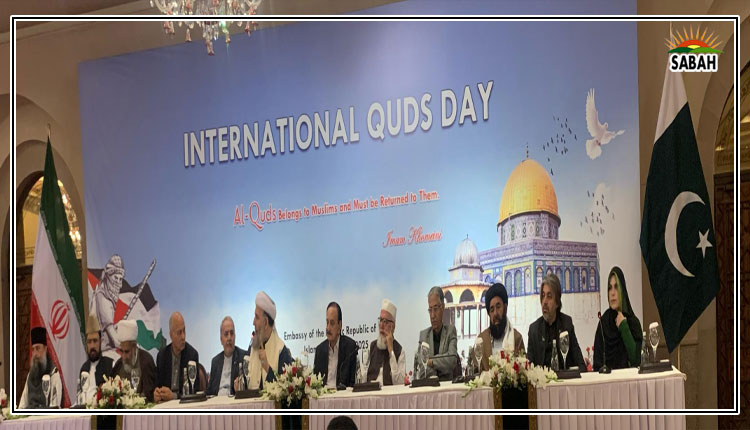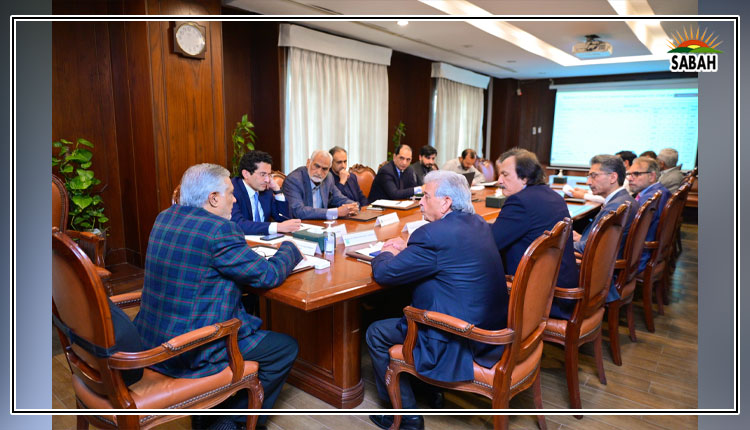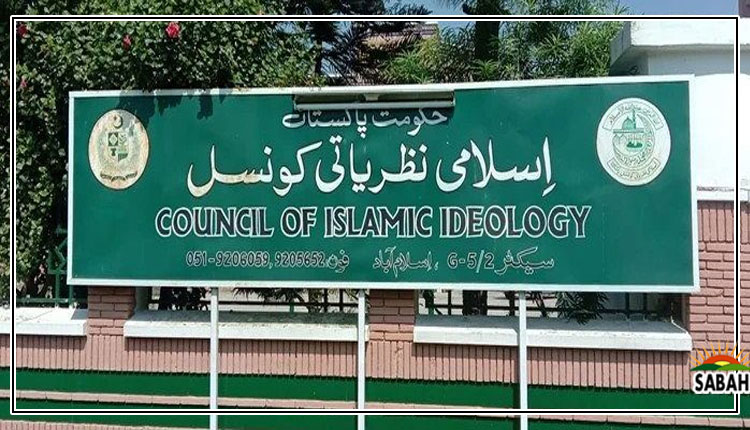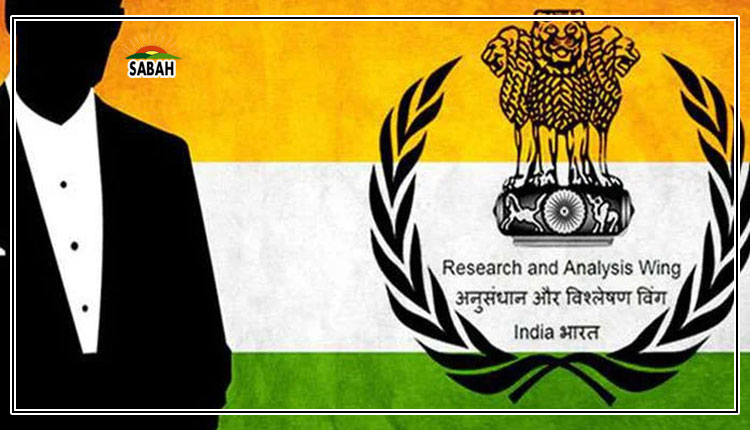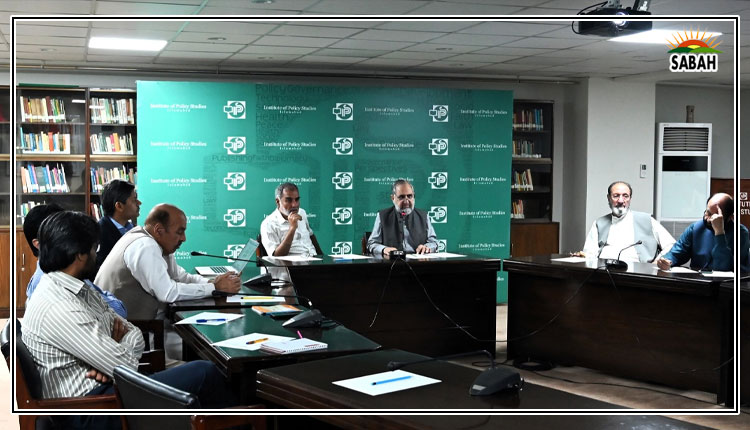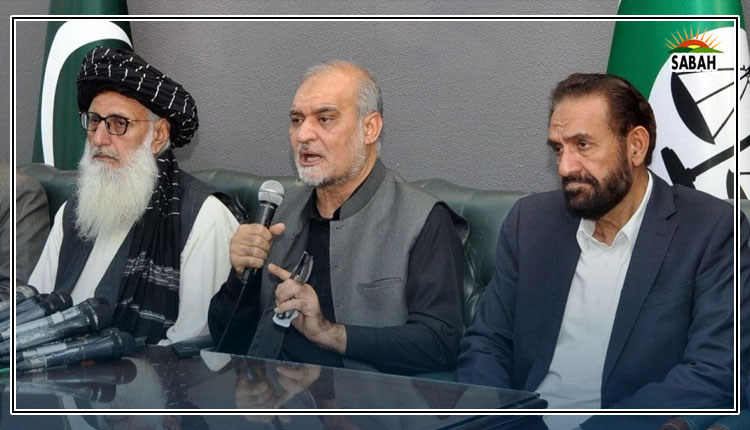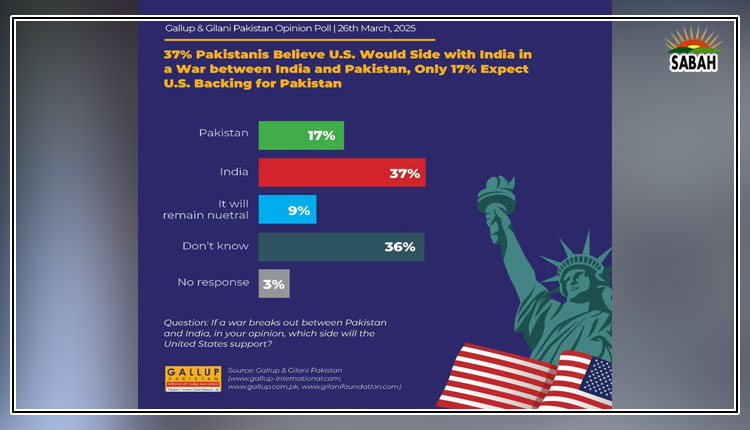Strategic instability in the Subcontinent… Syed Mohammad Ali
The frosty reception of Pakistans foreign minister in Goa during the Shanghai Cooperation Organisation (SCO) moot illustrated the latent hostility plaguing the Indian subcontinent. While the border situation is calm, the underlying causes of regional conflict have not been resolved.
The US has played a major role in mediating crises between India and Pakistan. Even though Pakistan sided with the US soon after the Cold War began, the superpower did not come to our aid during our major wars with India. The US chastised both India and Pakistan when they became nuclear powers, and it has been undertaking crisis management during the several conflicts which have taken place between the two countries after nuclearisation of the subcontinent.
Yet, Americas ability to mediate future conflicts between the two nuclear-armed states has significantly diminished due to its perceived tilt towards India, motivated in turn by Americas strategic interest in containing China. The US administrations diplomatic support of Indias position during the Pulwama crisis in 2019 significantly eroded Pakistans confidence in Americas neutrality.
While American security experts recognise that risk tolerance between India and Pakistan has increased, and that the risk of escalatory actions would be catastrophic for the whole region, the US itself has been adding fuel to the fire.
The US has steadily been encouraging India to contain Chinese influence in smaller South Asian states, and it is also bolstering Indias military capacity to stand up to China. India has become an important strategic partner for Americas Indo-Pacific strategy alongside Japan and Australia. US strategists saw an opportunity to ramp up cooperation with India after its border skirmishes with China in the disputed Galwan Valley in 2020 and 2022. India and the US have also signed a geospatial exchange and cooperation agreement between their armed forces. Such developments have stoked insecurity in Pakistan, which fears that Indias already asymmetrical military capabilities are being further enhanced, which can easily be funneled against Pakistan. Such a sense of instability has the potential of worsening the ongoing arms race in South Asia.
And, while the US is ready to defend Taiwans sovereignty, it has not strongly condemned Indias increasingly aggressive stance on Kashmir.
From refusing international arbitration to revoking the autonomous status of Indian held Kashmir in 2019, the Modi government has begun to express the desire to take back the Kashmiri territory held by Pakistan. Indian policymakers are even criticising the China-Pakistan Economic Corridor for its encroachment upon Indian territory that has been illegally occupied by Pakistan. With general elections approaching in 2024, it is likely that the Modi regime may again use the Pakistan card to shore up support, which had helped him secure a landslide victory in 2018.
On the other hand, Pakistan is having an increasingly difficult time getting its house in order. The growing economic stress and political chaos in the country is making it difficult for Pakistan to maintain its existing bilateral ties with both China and the US. Being able to balance and enhance both these key relationships simultaneously has become an even bigger challenge. Moreover, instead of trying to convince the US to avert supporting India in ways which compound Pakistans sense of insecurity, senior Pakistani decision-makers have been requesting Washington to address the disequilibrium being created in the subcontinent by increasing military support to Pakistan as well. Such a strategy may be good news for Americas military-industrial complex, but it will do little to make the Indian subcontinent a less dangerous and a more harmonious place.
Courtesy The Express Tribune, May 19th, 2023.


